Red Banana Plant: A Complete Guide
Introduction
The Red Banana plant (Musa spp.) is a vibrant and striking tropical plant known for its unique red-colored bananas and lush green foliage. While similar in many ways to the typical yellow banana plant, the red banana offers a more exotic flair and is prized for both its ornamental beauty and its flavorful fruit. Native to Southeast Asia and other tropical regions, this plant thrives in warm climates with plenty of sunlight and humidity. Whether you’re looking to add a pop of color to your garden, or you’re intrigued by its unique fruit, this guide will cover everything you need to know about growing, caring for, and harvesting the red banana plant.
The Red Banana plant is not only a standout in tropical landscapes, but it also offers an edible fruit that has a slightly sweeter taste compared to its yellow counterparts. Known for its reddish-purple bananas, this plant can grow as tall as 12 feet in the right conditions, making it an impressive feature in both gardens and containers. Growing red bananas requires a warm, humid environment and a little patience, but once established, the plant is relatively low-maintenance. Whether you’re a tropical plant enthusiast or someone looking for a unique fruit-bearing plant, the red banana plant is an excellent choice that brings beauty, color, and flavor to your space.

Background and Origins of Red Banana Plant
The red banana plant comes from the tropical regions of Southeast Asia, specifically Indonesia, the Philippines, and parts of India. People know it by various names, including “Red Dacca” or “Red Spanish” banana. This variety belongs to the Musa genus, which includes both ornamental and edible banana plants. Unlike the typical yellow bananas most are familiar with, red bananas feature reddish-purple skin and flesh that is sweeter and creamier. People grow red bananas for their unique fruit, but they also admire their ornamental value due to their broad, arching leaves and striking appearance.
The red banana plant thrives in hot, humid environments and grows naturally in tropical and subtropical regions around the world. Southeast Asia has cultivated it for centuries, using it not only as food but also in traditional medicine and rituals. Today, gardeners grow it for both its ornamental qualities and fruit-bearing capabilities in tropical climates.
How to Grow Red Banana Plant: Step-by-Step Guide
Growing a red banana plant can be a rewarding experience, especially if you live in a tropical or subtropical climate. Here’s a step-by-step guide to help you get started:
Choose the Right Location
Red banana plants need full sunlight to thrive, so select a sunny spot that receives at least 6-8 hours of direct sunlight per day. They also require plenty of space to grow, as these plants can reach up to 12 feet tall.
Prepare the Soil
These plants prefer rich, well-draining soil with plenty of organic matter. A slightly acidic to neutral pH (around 5.5-7.0) is ideal. Amend the soil with compost or organic fertilizer to ensure it has sufficient nutrients for healthy growth.
Watering
Water the red banana plant regularly to keep the soil moist but not waterlogged. These plants thrive in humid environments, so frequent watering is necessary, especially during the growing season. Be sure to water deeply to encourage deep root growth, but avoid standing water to prevent root rot.
Fertilizing
Feed the plant with a balanced fertilizer high in potassium and nitrogen every few months during the growing season. This helps support healthy growth and fruit production.
Temperature and Humidity
Red banana plants thrive in warm temperatures between 75°F and 95°F (24°C to 35°C). They also require high humidity, so misting the leaves or placing the plant near a humidifier can help maintain the moisture level. Avoid exposing the plant to temperatures below 50°F (10°C) as it can harm the plant.
Repotting
If you’re growing the red banana in a container, repot it every 2-3 years or when it becomes root-bound. This ensures the plant has enough space for its roots to grow and flourish.
By following these steps, you can successfully grow a healthy red banana plant that produces vibrant fruit and adds beauty to your garden.
How to Care for Red Banana Plant
Caring for a red banana plant involves maintaining the right growing conditions and providing the plant with regular attention. Here are some essential care tips:
- Watering: Red banana plants prefer consistently moist soil. Be sure to water deeply, but avoid keeping the soil too wet. If you notice the leaves turning yellow or wilting, it could be a sign of overwatering.
- Sunlight: While the plant enjoys full sun, it’s important to protect it from excessive direct sunlight in extremely hot climates, as this can scorch the leaves. Provide partial shade during the hottest part of the day if needed.
- Fertilization: Apply a balanced fertilizer every 1-2 months during the growing season to support healthy leaf growth and fruit development. In winter, reduce fertilizing as the plant’s growth slows down.
- Pruning: Remove dead or damaged leaves as needed to keep the plant tidy and encourage new growth. Pruning also helps improve airflow around the plant, reducing the risk of fungal diseases.
- Pests and Diseases: The red banana plant is generally hardy but can be susceptible to pests such as aphids, mealybugs, and spider mites. Regularly check for these pests and treat them with insecticidal soap if necessary. Fungus and rot can also be a concern in overly humid conditions, so ensure proper drainage and airflow.
- Protection from Cold: Red banana plants are sensitive to cold temperatures, so if you live in a climate with chilly winters, consider growing your plant in a pot that can be moved indoors during colder months. Alternatively, cover the plant with a frost cloth during unexpected cold snaps.
How to Prune Red Banana Plant
Pruning the red banana plant is essential for maintaining its shape and encouraging healthy growth. Here’s how to prune it:
- Remove Dead Leaves: Trim off any yellow or damaged leaves regularly to keep the plant looking clean and tidy. This also helps improve air circulation and reduces the risk of diseases.
- Cut Back Overgrown Stems: If the plant becomes too tall or leggy, prune the stems to encourage a more compact growth habit. Be sure to use clean, sharp pruning shears to avoid damaging the plant.
- Trim Flower Stalks: Once the bananas have been harvested, cut back the flower stalk to encourage new growth. This will allow the plant to focus its energy on producing new leaves and fruit.
Regular pruning helps maintain the plant’s appearance, encourages new growth, and ensures that the tree remains healthy and productive.
How to Landscape with Red Banana Plant
The Red Banana plant makes a striking addition to tropical and subtropical landscapes. Here are some ideas for using it in your garden:
- Tropical Focal Point: Plant the Red Banana in the center of a tropical garden as a focal point. Its large, arching leaves and bright red fruit provide a bold visual statement.
- Container Gardening: Grow the Red Banana plant in large pots to decorate patios, decks, or balconies. The container provides flexibility, and the plant will thrive when properly cared for.
- Mixed Plantings: Combine the Red Banana with other tropical plants, such as elephant ears, palms, and ferns, to create a lush, tropical oasis. The bold leaves of the Red Banana complement the textures of other plants in the garden.
- Accent in Flower Beds: The Red Banana’s striking leaves can be used as a backdrop in flower beds, highlighting smaller flowering plants and adding a touch of drama to your garden design.
The Red Banana plant’s versatility makes it an excellent choice for creating tropical-themed garden beds and containers.
Companion Plants
Pairing the Red Banana with other plants that thrive in similar growing conditions will help create a cohesive and vibrant landscape. Some great companions include:
- Bird of Paradise: With its bold, dramatic flowers and similar growth requirements, the Bird of Paradise complements the Red Banana beautifully.
- Caladiums: These plants add vibrant color and texture that contrasts nicely with the large, green leaves of the Red Banana.
- Bromeliads: Their colorful blooms and similar care needs make them a perfect companion for the Red Banana, adding an extra pop of color.
- Citrus Trees: Red Banana plants thrive in warm, sunny climates, making them great companions for fruit trees like lemons, oranges, or grapefruits.
These plants share similar light, water, and temperature preferences, creating a harmonious tropical garden.
How to Harvest Red Bananas
Harvesting red bananas requires some patience, as the fruit takes time to ripen properly. Here’s how to harvest:
- Wait for the Right Time: Red bananas typically ripen when they are soft to the touch and have developed their full color. The bananas should be dark red or purple with a slight yellowish tinge at the tips.
- Cut the Bunch: Using a sharp knife or pruning shears, cut the entire bunch from the plant, leaving a small portion of the stem attached to the fruit.
- Ripen the Fruit: Allow the bananas to ripen further at room temperature. The fruit will soften and become sweeter as it ripens. Once fully ripe, they can be enjoyed fresh, dried, or used in recipes.
Be patient, as it may take several months for the bananas to fully mature and ripen, but the wait will be worth it when you harvest your sweet, flavorful fruit.
Fun Facts
- Unique Color: Red bananas are known for their distinct reddish-purple color, which is not only visually appealing but also indicates a higher antioxidant content compared to yellow bananas.
- Health Benefits: Red bananas contain more vitamin C, potassium, and beta-carotene than yellow bananas, making them an excellent choice for promoting good health.
- Tropical Symbolism: In some cultures, bananas, including red varieties, symbolize fertility and prosperity, making them a popular gift for celebrations and ceremonies.
- Culinary Use: In addition to being eaten fresh, red bananas are often used in cooking, where their sweet flavor enhances smoothies, desserts, and baked goods.
Conclusion
The Red Banana plant is a stunning and functional addition to any tropical garden or indoor space. With its vibrant foliage, delicious fruit, and easy care requirements, it’s an excellent choice for gardeners looking to add some tropical flair to their home. Whether you grow it in containers or plant it in the ground, the Red Banana will thrive with proper attention and care. By following the steps outlined in this guide, you can successfully cultivate this exotic plant and enjoy its sweet, healthy fruit year after year.
For more tips on growing tropical plants, check out our guides on how to prune dahlias in pots and growing cat grass.




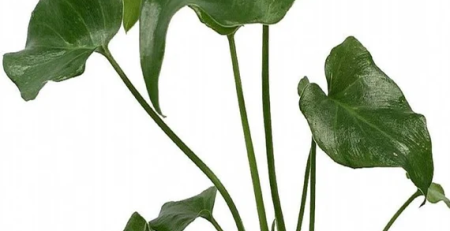
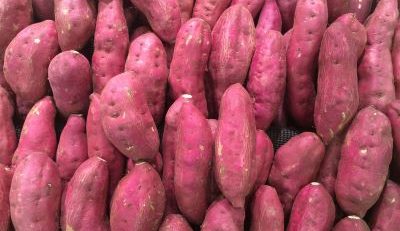
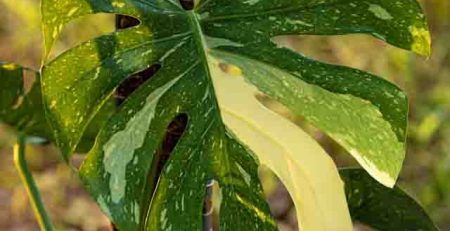

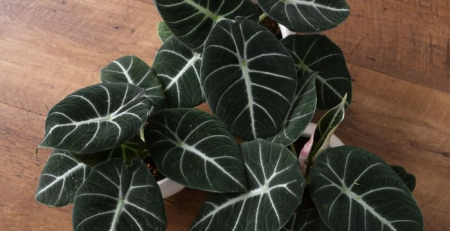
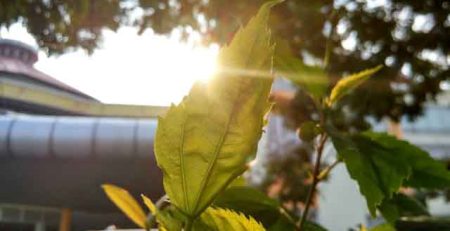
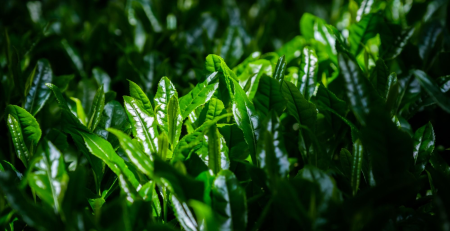
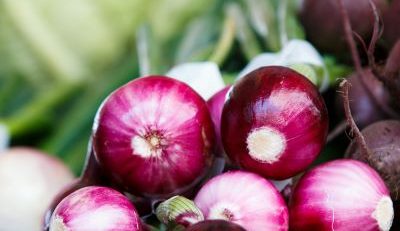
Leave a Reply